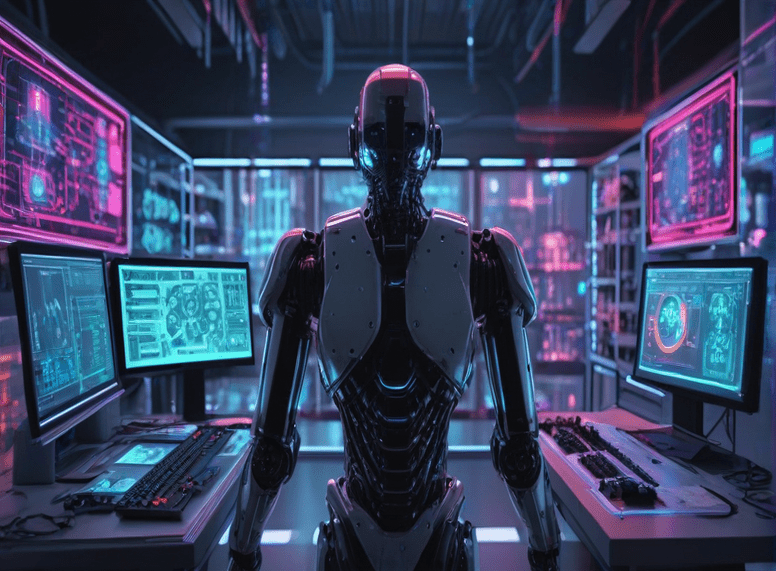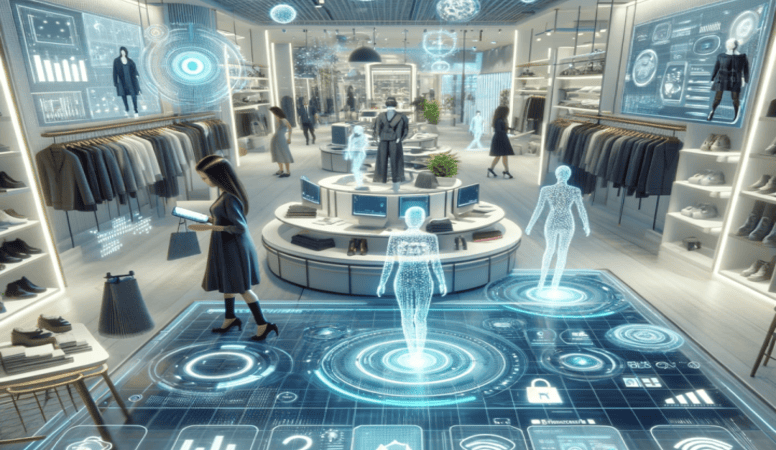AI has revolutionized the field of robotics by enhancing capabilities far beyond simple programmed instructions, enabling machines to learn, adapt, and perform complex tasks. From streamlining automation processes to improving navigation and manipulation, AI is making robots smarter, more efficient, and more versatile. Let’s understand and explore more about it.
Enhancing Automation
Automation has been a game-changer for industries, and the combination of AI and robotics is taking it to new heights. AI-powered robots can operate around the clock without the need for breaks, significantly increasing productivity and ensuring uninterrupted service. This allows human workers to focus on higher-level responsibilities that require creativity and critical thinking.
Benefits of AI-Powered Automation
The benefits of AI-powered automation are numerous. Robots can operate 24/7 without breaks, which significantly boosts productivity. They also reduce human error, enhance quality control, and lower labor costs. Moreover, AI allows robots to handle dangerous or harmful tasks, improving workplace safety. In environments where speed and accuracy are critical, such as in pharmaceuticals or electronics manufacturing, AI-driven automation is particularly valuable.
Automation: More Than Just Machines
Intelligent Task Planning: AI algorithms can break down complex tasks into smaller, more manageable steps, optimizing the sequence for maximum efficiency. This means robots can tackle tasks that were once too intricate for automation.
Adaptive Learning: AI-enabled robots can learn from their experiences, adapting to changes in their environment and improving their performance over time. This makes them more versatile and less prone to errors.
How AI Enhances Automation in Robotics
AI Algorithms in Robotic Navigation
Navigation is another area where AI has made a substantial impact. Robots equipped with AI can navigate complex environments with ease. They use AI algorithms to process sensor data and make real-time decisions about their path, avoiding obstacles and adapting to changing conditions. This capability is vital for applications ranging from autonomous vehicles to drones and warehouse robots.
The Role of Computer Vision
Computer vision, a subset of AI, plays a crucial role in robotic navigation. It enables robots to “see” their surroundings by interpreting visual data from cameras and sensors. Through machine learning, robots can recognize objects, understand spatial relationships, and make informed decisions based on visual input. This ability to perceive and react to the environment is essential for tasks that require high levels of precision and autonomy.
Importance of AI in Modern Robotics
The importance of AI in modern robotics cannot be overstated. AI-driven robots are revolutionizing industries by performing tasks more efficiently and safely. They are used in various sectors, from manufacturing and healthcare to logistics and agriculture. The integration of AI allows robots to adapt to changing environments, understand and predict outcomes, and make decisions that improve their performance over time.
Conclusion
The fusion of AI and robotics is not just enhancing automation, navigation, and manipulation; it is setting the stage for a new era of efficiency and productivity across industries. As these technologies continue to evolve, they promise to unlock new possibilities, making processes safer, faster, and more accurate. The future of work will undoubtedly be shaped by these advancements, leading to improved quality of life and economic growth. AI in robotics is crucial to address the technical, ethical, and accessibility challenges to ensure a positive impact on society.








